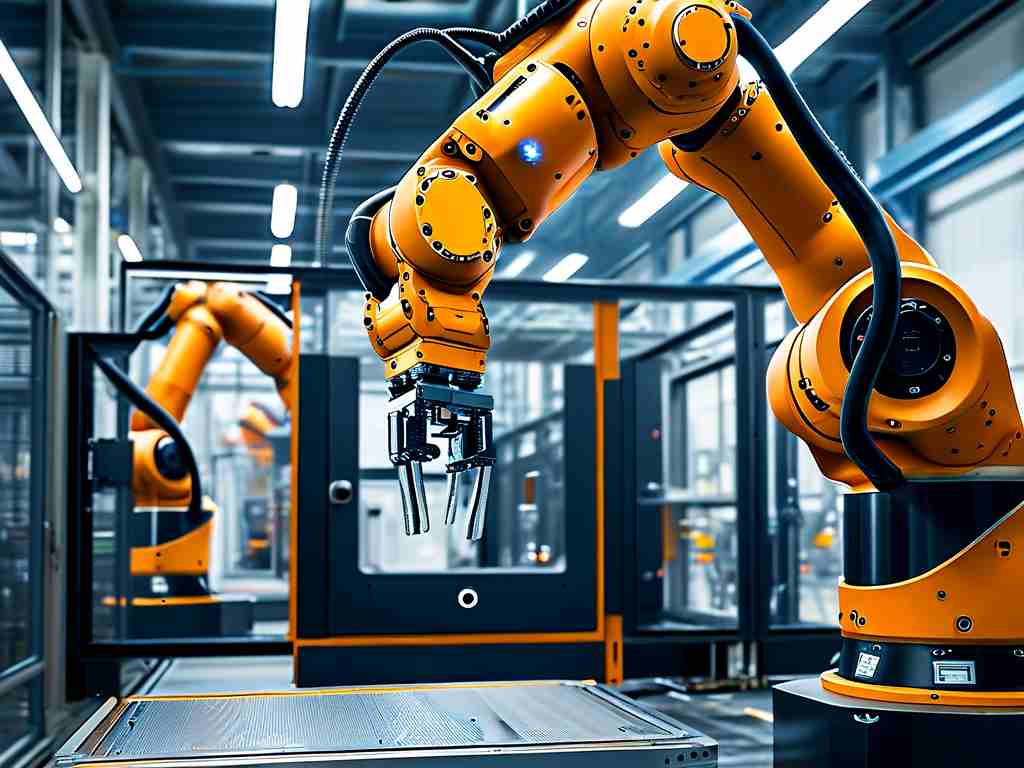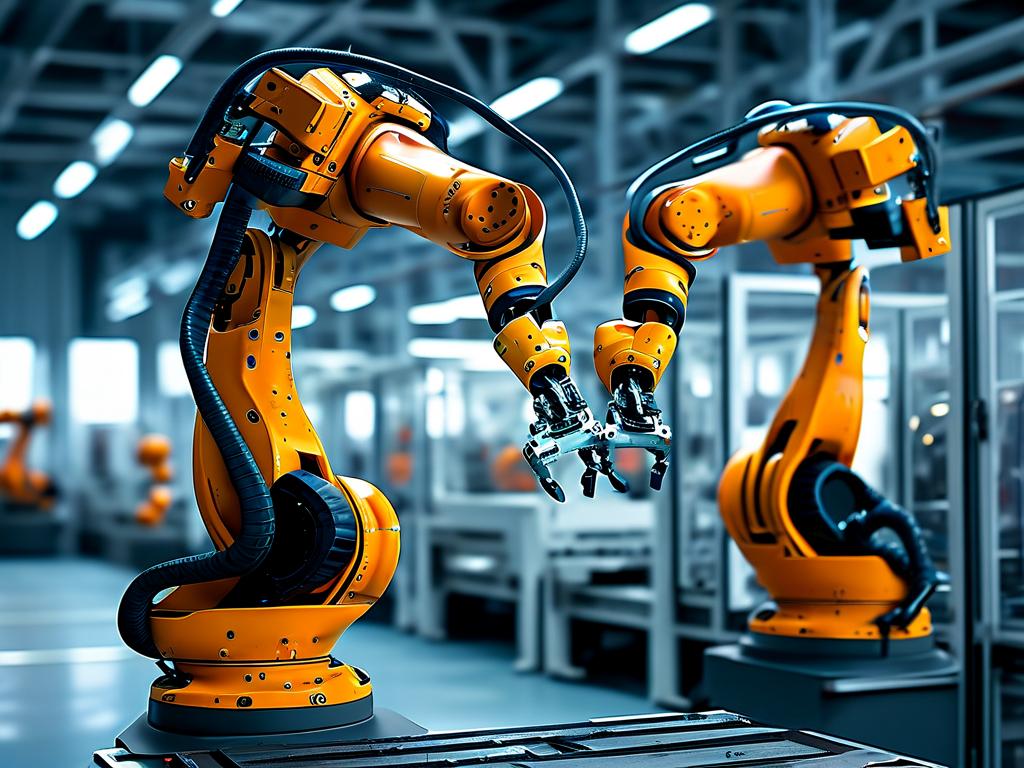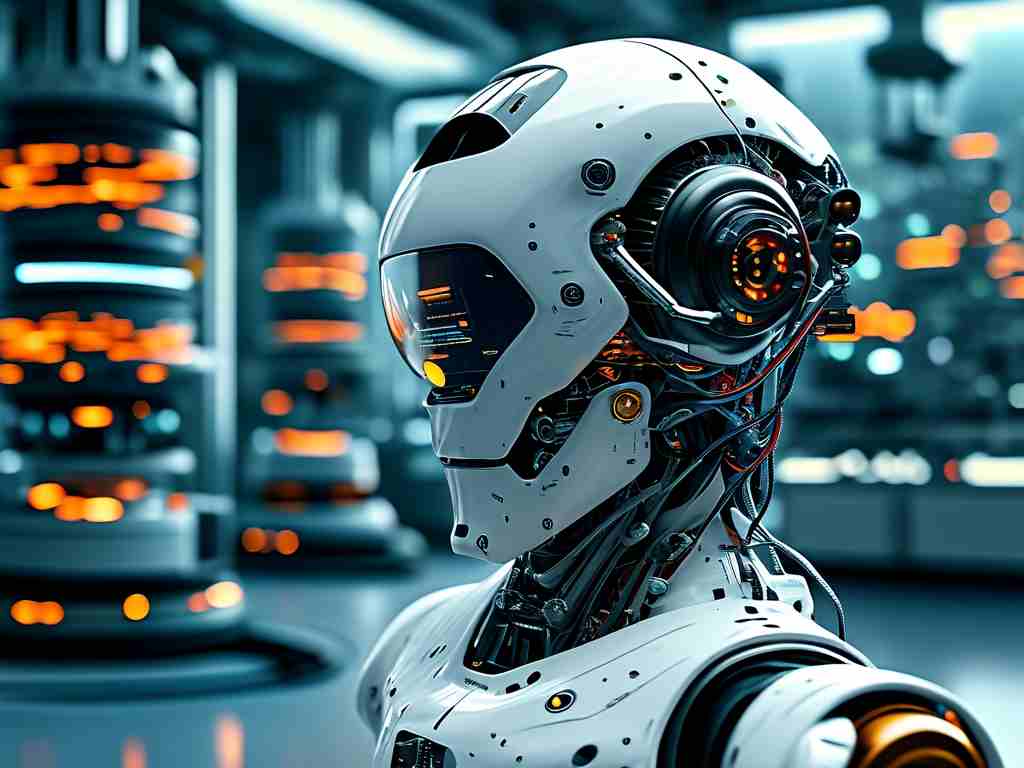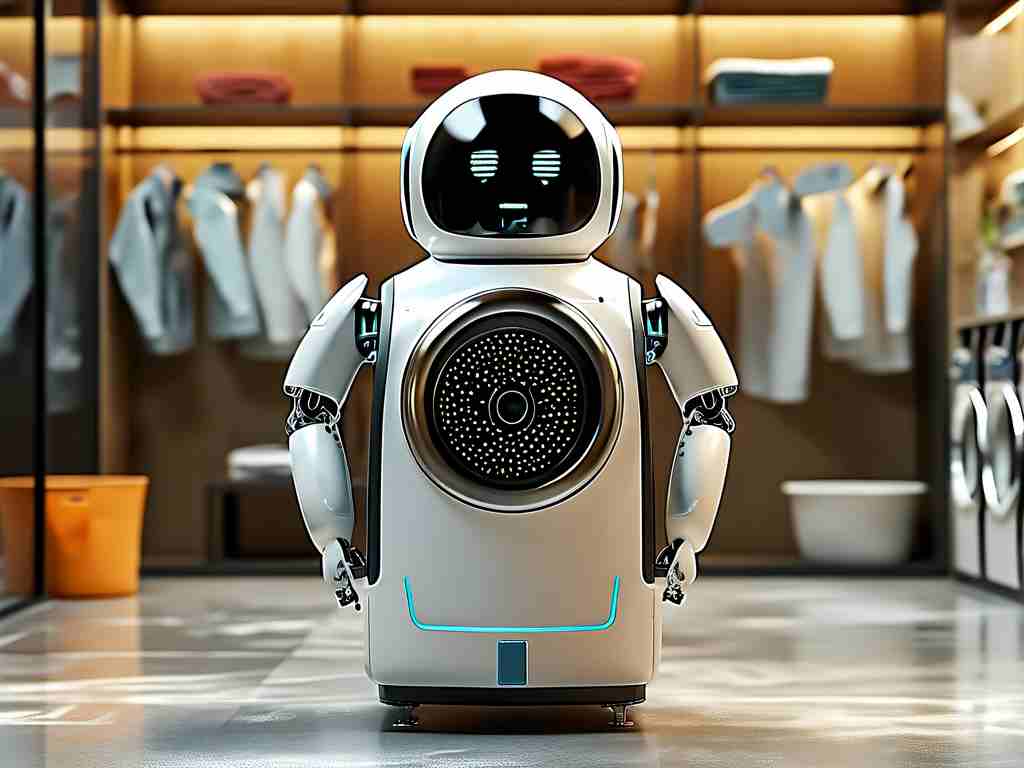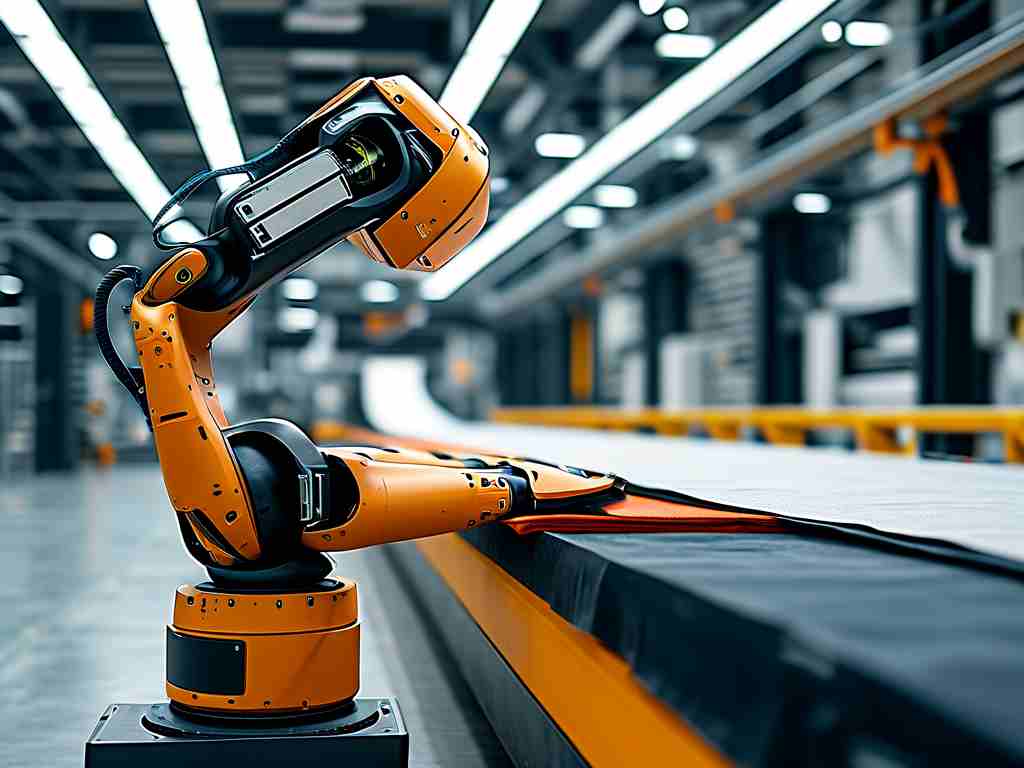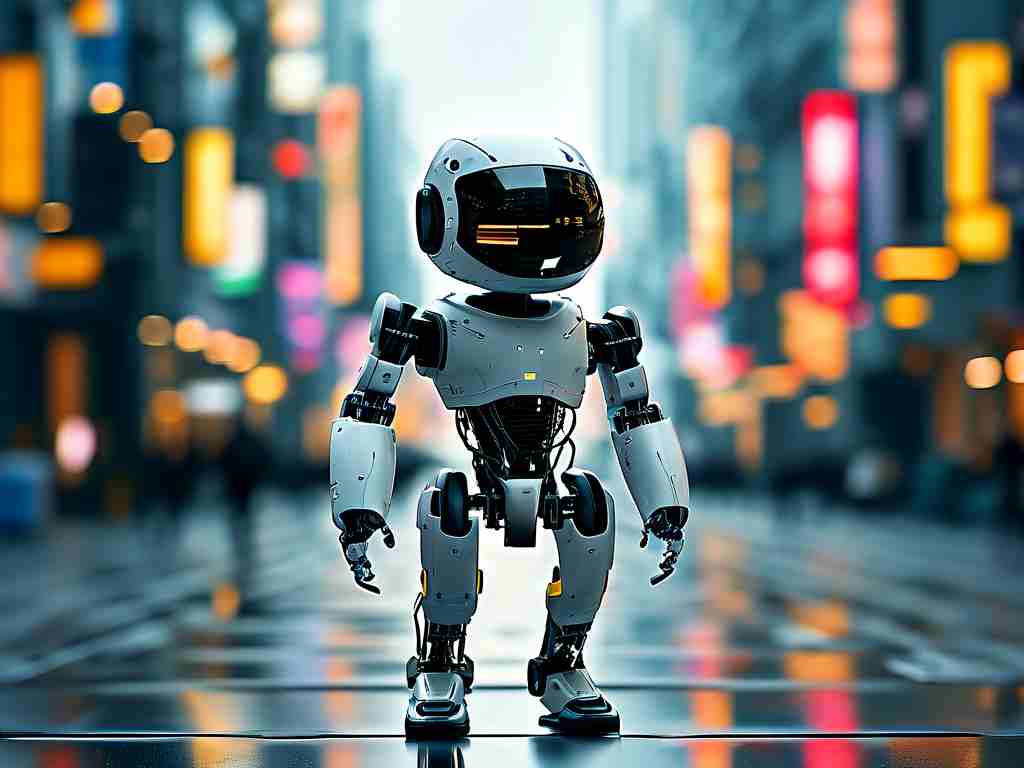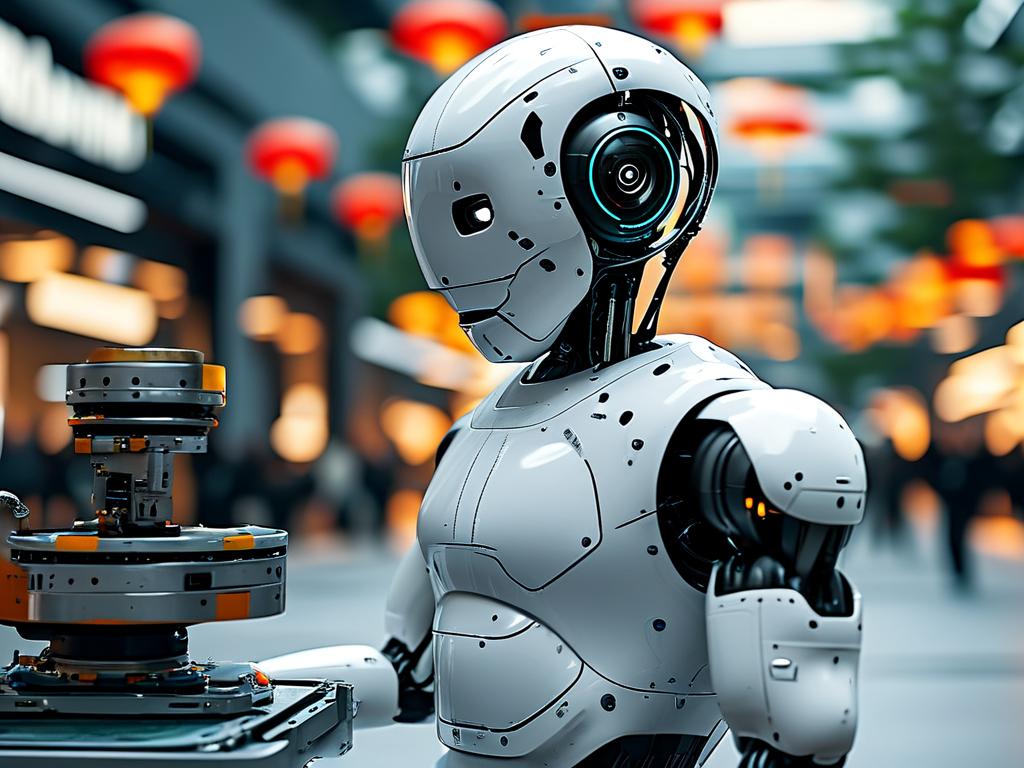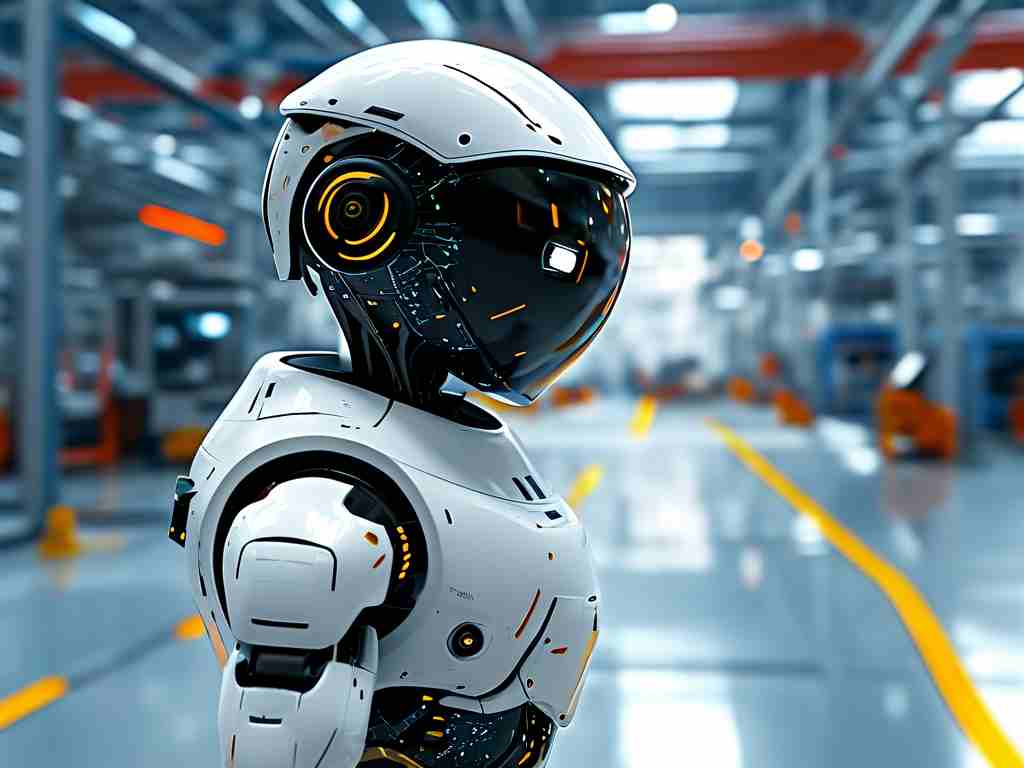The evolution of robotic systems has reached a critical juncture with the emergence of advanced center of gravity (CoG) control technologies. These innovations are transforming how robots maintain stability, execute complex movements, and adapt to dynamic environments. This article explores the foundational principles, technical implementations, and real-world applications driving this field forward.
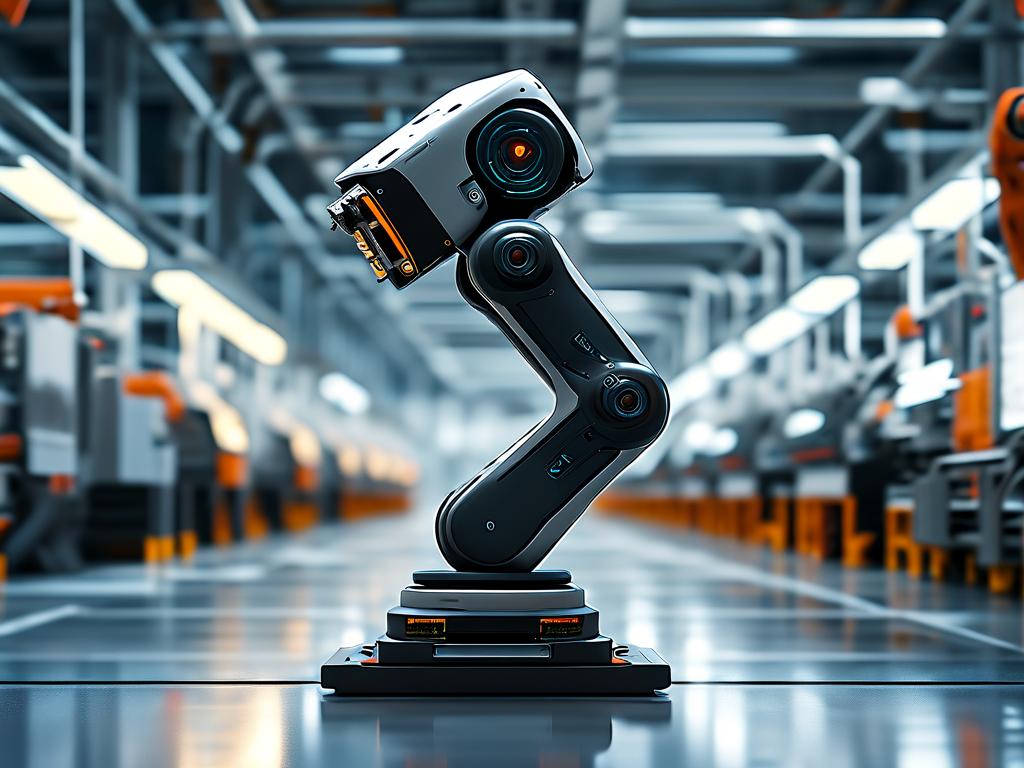
Core Principles of CoG Control
At its essence, robotic CoG management relies on precise mathematical modeling of mass distribution. Engineers employ inertial measurement units (IMUs) and torque sensors to create real-time feedback loops. For bipedal robots, this involves calculating joint angles and ground reaction forces 50-100 times per second. Quadruped systems add layer complexity by coordinating multiple limb trajectories while compensating for external disturbances like uneven terrain.
Algorithmic Frameworks
Modern implementations combine classical control theory with machine learning. Proportional-Integral-Derivative (PID) controllers remain prevalent for basic stabilization tasks, but hybrid architectures now dominate. Reinforcement learning models trained in physics simulations enable robots to "learn" optimal weight-shifting strategies. Boston Dynamics' Atlas robot demonstrates this through parkour maneuvers where predictive CoG adjustments occur milliseconds before foot placement.
Hardware-Software Integration
Effective CoG control demands tight synchronization between mechanical design and computational systems. Variable-stiffness actuators allow dynamic adjustment of limb rigidity during motion phases. MIT's Cheetah 3 robot exemplifies this through proprioceptive actuators that sense ground contact without visual input. Meanwhile, NVIDIA's Isaac Sim platform enables virtual testing of CoG parameters across millions of simulated scenarios before physical deployment.
Industrial Applications
Manufacturing robots benefit significantly from enhanced CoG management. Assembly-line manipulators using adaptive balancing algorithms can handle payloads up to 300% heavier than static systems allow. ABB's YuMi collaborative robot achieves sub-millimeter precision in part placement by continuously optimizing its center of mass relative to target coordinates.
Service Robotics Breakthroughs
In hospitality and healthcare domains, CoG innovations enable safer human-robot interactions. Toyota's Human Support Robot uses predictive tilt compensation when carrying trays, maintaining liquid stability during abrupt stops. Hospitals deploy this technology in patient-transfer robots that adjust their base of support based on patient weight distribution.
Challenges and Solutions
Energy efficiency remains a key hurdle. Active balancing systems typically consume 15-20% of total power in mobile robots. Researchers are exploring passive mechanical solutions like tuned mass dampers combined with minimal active correction. NASA's Valkyrie humanoid robot employs this hybrid approach for planetary exploration missions where power conservation is critical.
Future Directions
Next-generation systems aim to achieve biological-level adaptability. Projects like ETH Zurich's ANYmal incorporate tendon-like structures that mimic human proprioception. The European Commission's Horizon 2020 initiative funds research into neuromorphic CoG controllers that process sensor data through spiking neural networks, reducing latency to microsecond levels.
As these technologies mature, they will redefine robotic capabilities across industries. From construction robots navigating unstable debris to agricultural machines traversing muddy fields, mastery over center of gravity dynamics represents a fundamental leap toward truly autonomous mechanical systems.


